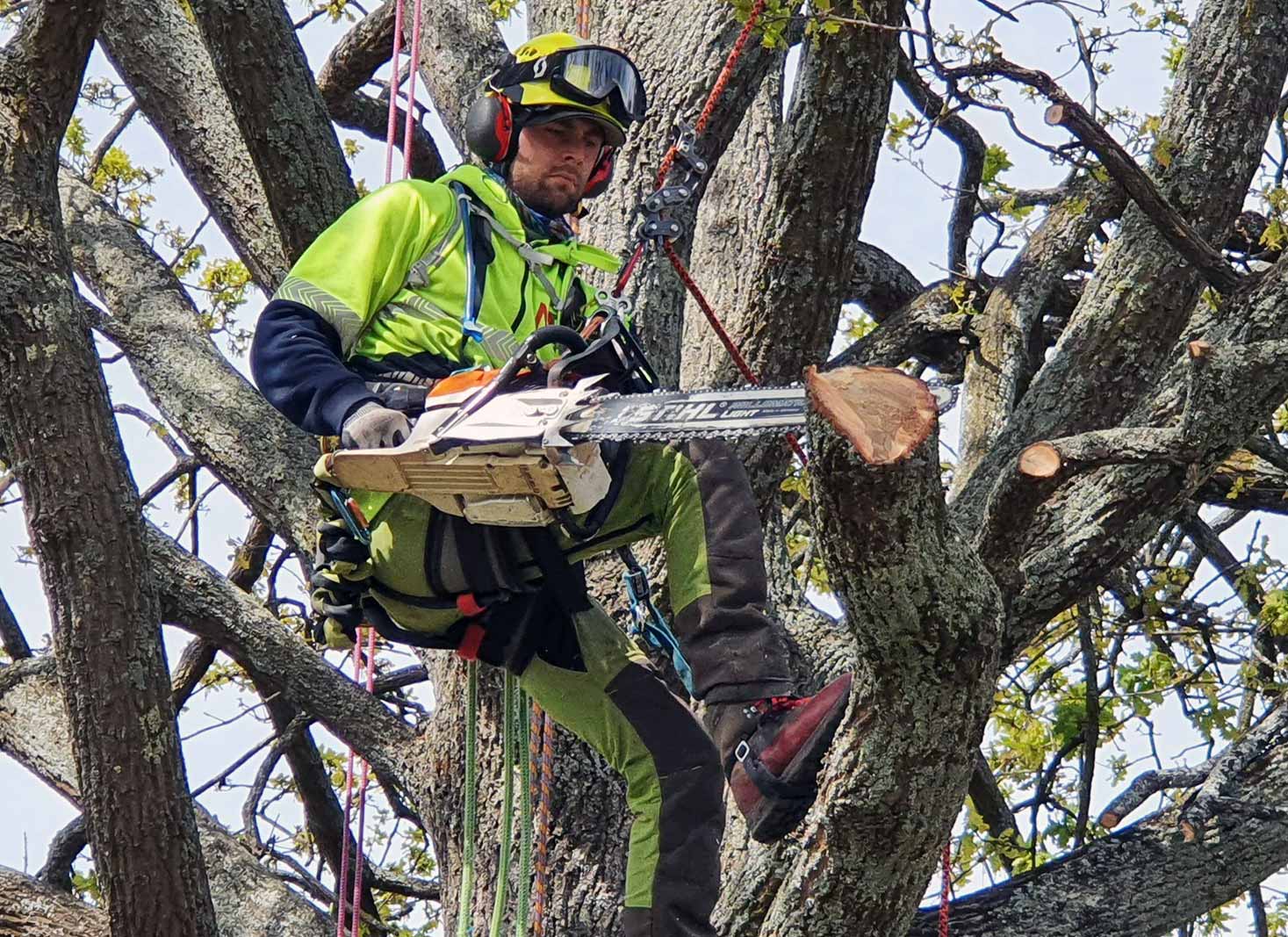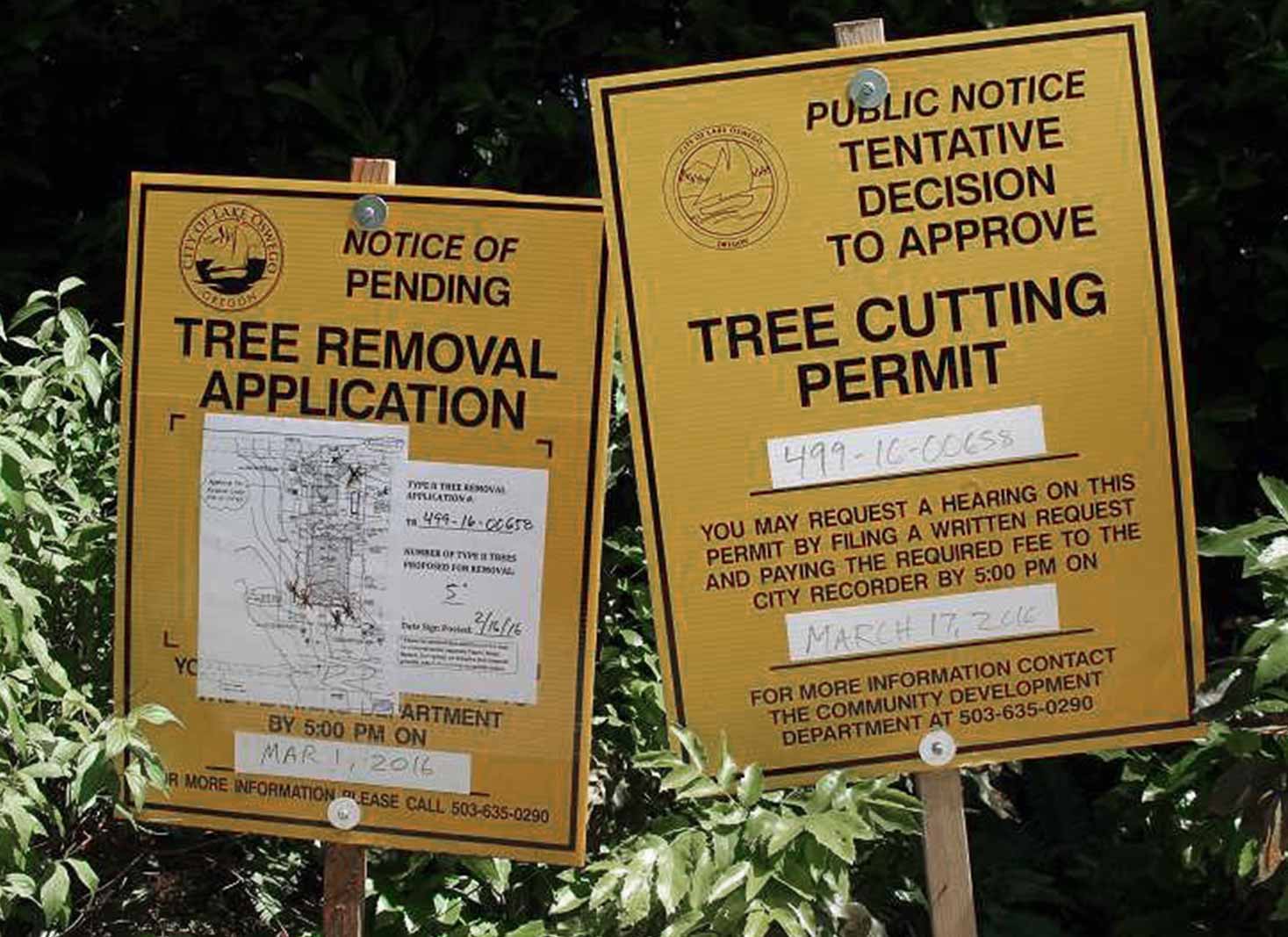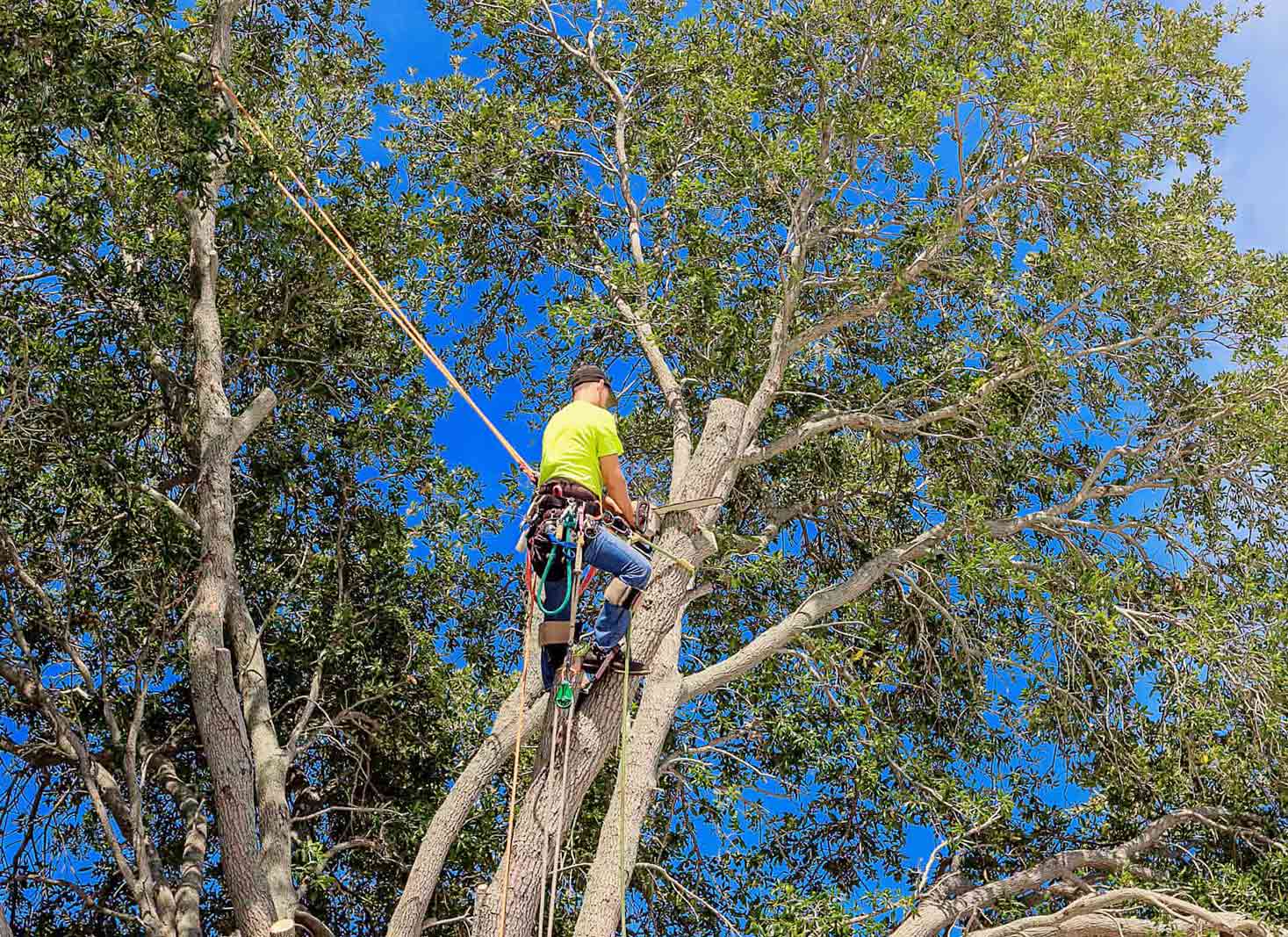If you’re a homeowner in Vermont and considering removing a tree from your property, you’re likely wondering how much it will cost.
The average tree removal cost in Vermont is $1,345 for a medium-sized tree with good access. Large complex jobs with poor access can cost up to $8,500 in extreme cases.
The actual cost of tree removal in Vermont can vary depending on several factors including:
- Tree size
- Accessibility
- Type of tree
- Obstacles around the tree
- Complexity of the job
- Debris clean up
One of the biggest factors in tree removal cost in Vermont is the size of the tree. This includes its height, trunk diameter and number of branches.
Here is a table showing the average costs of tree removal in Vermont. These prices include cutting down the tree, hauling away the debris, and grinding the stump.
| Tree Size | Low | High |
|---|---|---|
| Small (< 30 ft.) | $325 | $1,740 |
| Medium (30 - 60 ft.) | $1,420 | $2,750 |
| Large (60 - 80 ft.) | $2,145 | $5,200 |
| X Large (80 - 100 ft. + ) | $4,145 | $8,500 |
Small tree removal
Small trees, typically those with a diameter of 6 inches or less and less than 30 feet in height, are fairly straightforward to remove. You can expect to pay between $325 and $1,740.
Medium tree removal
Medium trees, with a diameter between 6 and 20 inches, are more complex to remove and will cost more than small trees. The average cost of removing a medium tree in Vermont is $1,420 to $2,750.

Large tree removal
Large trees, with a diameter of over 20 inches, are the most complex and difficult to remove. The average cost of removing a large tree in Vermont is around $2,145 to $5,200.
Extra-large tree removal cost
Extra-large trees of over 80 feet are not so common in the suburbs, and removing them can be very complex, especially if there is limited space and access. On average, you will spend between $4,145 and $8,500 to remove an extra-large tree in Vermont.
It’s important to note that these prices are only estimates and can vary depending on the specific circumstances of the job. Factors such as the location of the tree, the accessibility of the site, and the complexity of the job can all affect the final cost.
Do I need a permit for tree removal in Vermont?

In Vermont, permits are required for tree removal in certain situations, such as when the tree is located in a protected wetland or within a designated scenic corridor.
The exact rules for tree removal in Vermont are located in your city’s tree ordinance. Different cities and counties have different rules as it relates to tree removal, so be sure to get your facts straight before removing a tree.
Large fines of up to $10,000 apply for the removal of significant or heritage trees without a permit.
Factors affecting tree removal cost in Vermont
When it comes to tree removal, there are several factors that can affect the cost. Knowing what these factors are can help you better understand why one tree removal job might cost more than another. Here are some of the main factors that can impact the cost of tree removal in Vermont:
Size of the tree
One of the biggest factors that affects the cost of tree removal is the size of the tree. Generally speaking, the larger the tree, the more expensive it will be to remove. This is because larger trees require more time, effort, and equipment to remove safely. In addition, larger trees may require more workers to complete the job, which can also increase the cost.
Location and access
Another factor that can impact the cost of tree removal is the location of the tree and its accessibility. Trees that are located in hard-to-reach areas, such as backyards with poor access, near power lines or overhanging a roof, may require specialized equipment or techniques to remove safely. This can add to the overall cost of the job.
Type of the tree
The type of tree being removed can also impact the cost. Some trees are harder to remove than others, such as those with deep roots or dense wood. Trees with a lot of branches or foliage may also take longer to remove, which can increase the cost of the job.
Time of year
The time of year can also affect the cost of tree removal. In Vermont, winter is typically the slow season for tree removal companies, so you may be able to get a better deal during this time. However, if you need a tree removed during the busy season (spring and summer), you may have to pay more.
Additional costs
Some additional costs you should keep in mind are stump removal, emergency tree removal and arborist reports.
Stump removal
If you want the stump removed along with the tree, you will need to pay an additional fee. Stump removal costs can range from $160 to $350 per stump, depending on the size and location of the stump. Keep in mind that removing a stump can be a difficult and time-consuming process, so it may be worth the extra cost to have it done professionally.
Branch chipping and hauling
After the tree is removed, you will need to decide what to do with the branches and debris. If you want them chipped and hauled away, you will need to pay an additional fee. Branch chipping and hauling costs can range from $250 to $380 per hour, depending on the amount of debris and the distance to the disposal site.
Emergency tree removal
If you have a tree that needs to be removed immediately due to a storm or other emergency, you may need to pay an additional fee for the emergency service. Emergency tree removal costs 2 – 3 times more than the regular job. If the company needs to mobilize on a Sunday morning to remove a tree that has fallen over power lines or on your home, it will cost a pretty penny to remove.
Pro tip: If you have an emergency, call local emergency services first, who can get the tree to a safe position. Then you can call a tree removal service to come and remove it. This will save a lot of money, as state emergency services are free.
Overall, it’s important to factor in these additional costs when budgeting for tree removal. While they may add to the overall cost, they are necessary for a safe and complete removal process.
DIY vs. hiring a professional

When it comes to tree removal, you might wonder whether it’s better to do it yourself or hire a professional. Here are some things to consider:
DIY tree removal
If you decide to remove a tree yourself, there are a few things you should keep in mind. First, make sure you have the right tools for the job. This might include a chainsaw, safety gear, and a ladder. You’ll also need to know how to safely cut down a tree, which can be dangerous if you don’t have experience.
Another thing to consider is the cost savings. Doing it yourself can be cheaper than hiring a professional, but only if you have the tools and experience necessary. If you have to buy or rent equipment, the cost can quickly add up.
Hiring a professional
Hiring a professional tree removal company has several advantages. First, they have the experience and equipment necessary to safely remove a tree. They also have insurance, which means you won’t be liable if something goes wrong.
Another advantage is that they can remove the tree quickly and efficiently. This means you won’t have to spend your time and energy on the task. Plus, they can remove tree debris, which can be a hassle to dispose of yourself.
However, hiring a professional can be more expensive than doing it yourself. The cost will depend on several factors, including the size of the tree, its location, and the complexity of the job.
Ultimately, the decision to DIY or hire a professional will depend on your experience, budget, and the size and location of the tree. If you’re unsure, it’s always best to err on the side of caution and hire a professional.
FAQ's
To get an accurate estimate for tree removal, it is recommended to get multiple quotes from different tree removal companies. The estimate should include the cost of labor, equipment, and any additional services such as stump removal or debris removal.
The timeline for tree removal can vary depending on the size and location of the tree, as well as the availability of equipment and labor. In general, tree removal can take anywhere from a few hours to several days.
In Vermont, there are regulations on where trees can be removed, particularly in areas designated as protected wetlands or scenic corridors. It is important to check with your local government to determine any regulations before proceeding with tree removal.
Tree removal can be dangerous and should only be done by trained professionals. Safety precautions should include wearing protective gear such as hard hats and gloves, securing the work area, and using proper equipment and techniques. It is also important to have a plan in case of an emergency.











